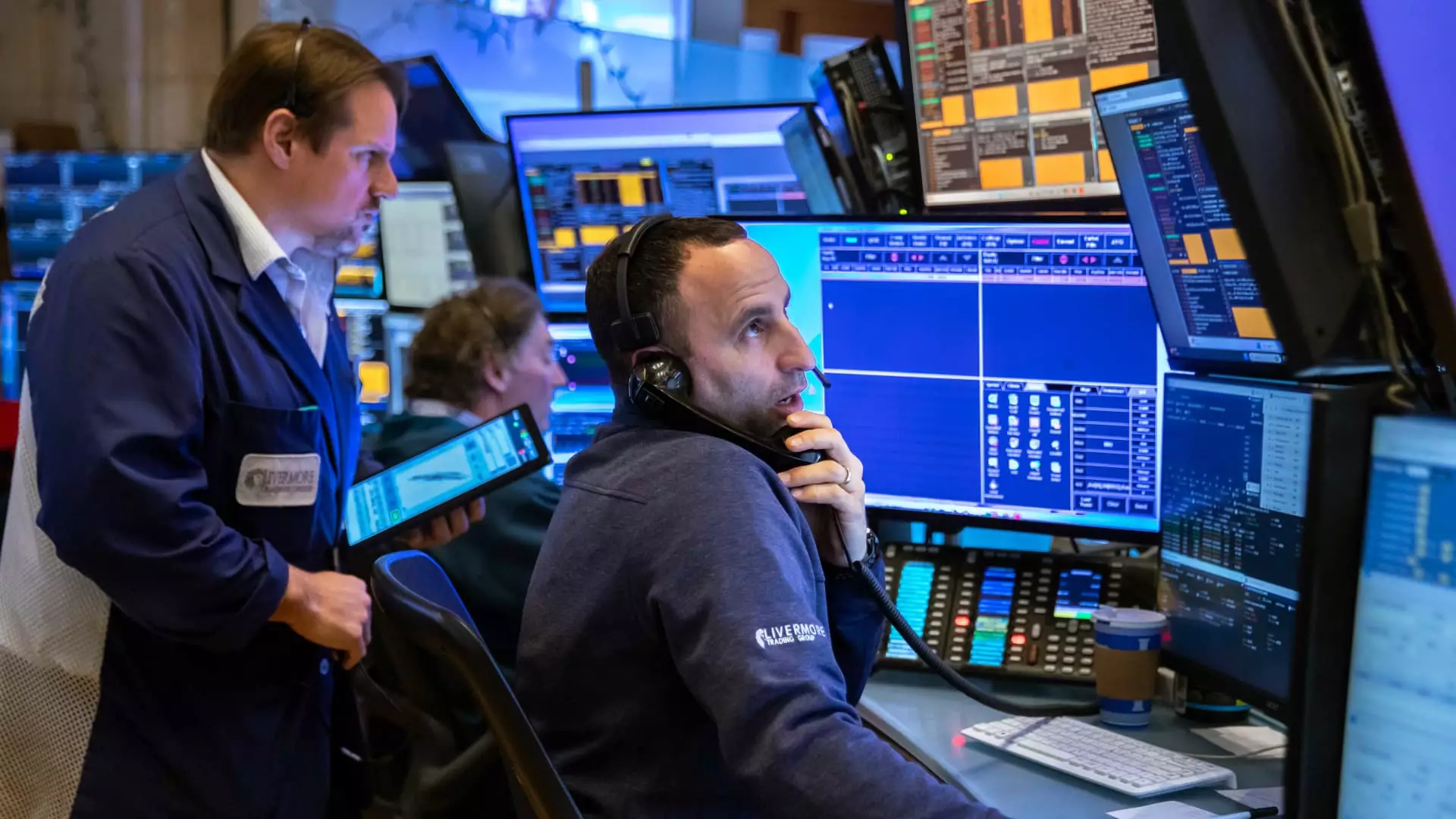As a new month dawns, stock futures have plummeted significantly, signaling deepening concerns among investors. The abrupt decision to impose new tariffs on goods from key trading partners, including Mexico, Canada, and China, has caught market participants off guard. The Dow Jones Industrial Average futures have fallen by 528 points, translating to a sharp decline of 1%. The S&P 500 futures did not fare much better, dropping 1.9%, while the Nasdaq-100 futures faced an even harsher 2.7% loss. This dramatic shift reflects a market grappling with uncertainty that stems from geopolitical tensions and their ramifications for the economy at large.
Recent developments saw President Donald Trump enforce a 25% tariff on goods imported from Canada and Mexico, alongside a 10% tariff on Chinese imports. This measure is steep, especially considering the U.S. engages in approximately $1.6 trillion worth of trade with these nations annually. The implications are substantial; Canada has already announced it will impose retaliatory tariffs, while Mexico has indicated it may consider similar measures. In response to these developments, China’s government intends to take legal recourse through the World Trade Organization—heightening tensions that could further hinder global trade dynamics.
The ramifications of this economic policy are reverberating through the markets, and experts are warning that they could fundamentally shift the landscape. According to Tobin Marcus from Wolfe Research, the markets may now need to reassess Trump’s tariff agenda with a sense of gravity. This could imply a rough start to the trading week, as investors recalibrate their expectations and react to these newly minted tariffs. The uncertainty surrounding this trade policy is mixed with reports of companies’ quarterly earnings results, which have taken on critical importance in this fragile economic climate.
The imminent release of quarterly earnings from over 120 S&P 500 companies introduces another layer of complexity. Notable firms—ranging from tech giants like Alphabet, Amazon, and Palantir to consumer stalwarts such as Walt Disney and Mondelez—are set to unveil their results. These performances will be particularly observed, as they will provide insight into how well companies are coping with the tariff-induced market turbulence. In addition, the forthcoming January nonfarm payrolls report is anticipated to shed light on employment trends, with economists pegging the job addition figure to be around 175,000, alongside an unchanged unemployment rate of 4.1%.
In the backdrop of these escalating concerns, the stock indices have just completed a tumultuous but ultimately positive January. The S&P 500 achieved a 2.7% gain alongside a 1.6% increase for the Nasdaq Composite. The Dow Jones Industrial Average saw an impressive 4.7% rise. However, this recent volatility raises questions about the sustainability of these gains in light of the emerging tariff situation. As traders brace for what is expected to be a challenging week of trading, the potential for market corrections looms large, creating an uneasy atmosphere as participants prepare for the unpredictable future ahead.


Leave a Reply